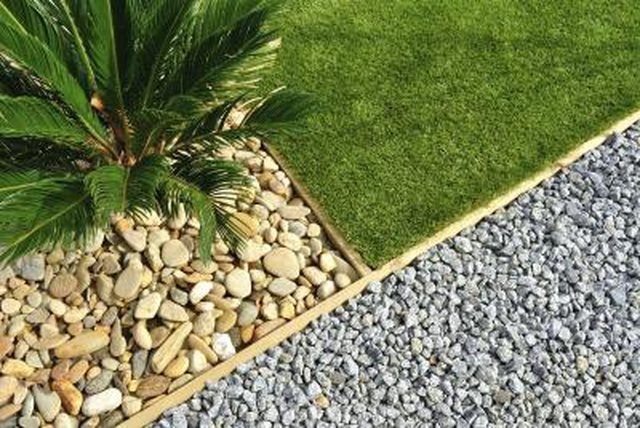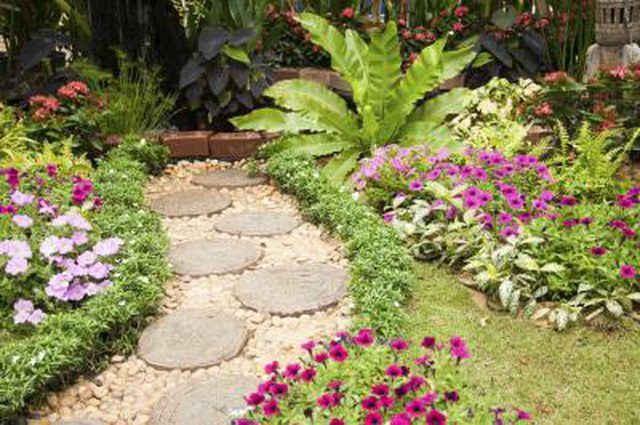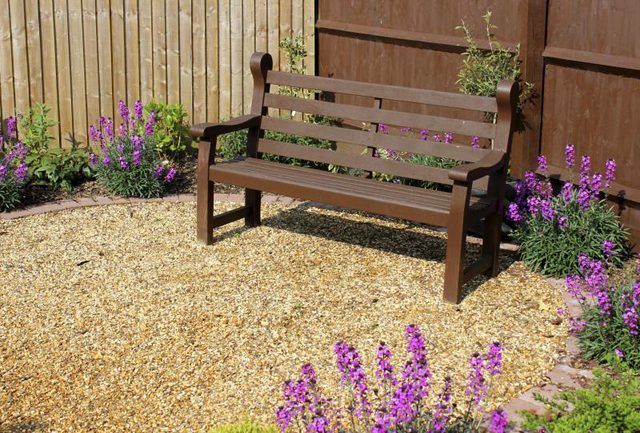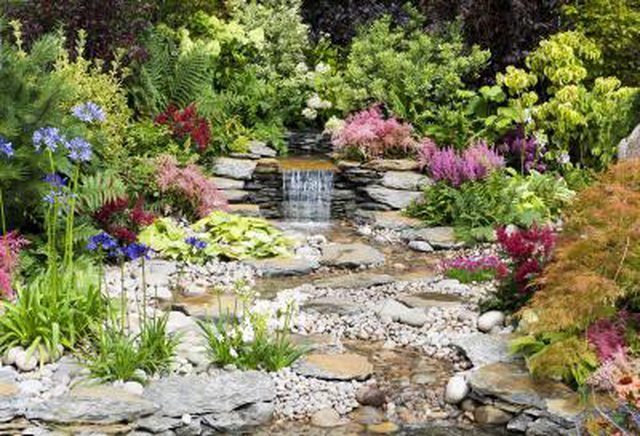Bulbs
Flower Basics
Flower Beds & Specialty Gardens
Flower Garden
Garden Furniture
Garden Gnomes
Garden Seeds
Garden Sheds
Garden Statues
Garden Tools & Supplies
Gardening Basics
Green & Organic
Groundcovers & Vines
Growing Annuals
Growing Basil
Growing Beans
Growing Berries
Growing Blueberries
Growing Cactus
Growing Corn
Growing Cotton
Growing Edibles
Growing Flowers
Growing Garlic
Growing Grapes
Growing Grass
Growing Herbs
Growing Jasmine
Growing Mint
Growing Mushrooms
Orchids
Growing Peanuts
Growing Perennials
Growing Plants
Growing Rosemary
Growing Roses
Growing Strawberries
Growing Sunflowers
Growing Thyme
Growing Tomatoes
Growing Tulips
Growing Vegetables
Herb Basics
Herb Garden
Indoor Growing
Landscaping Basics
Landscaping Patios
Landscaping Plants
Landscaping Shrubs
Landscaping Trees
Landscaping Walks & Pathways
Lawn Basics
Lawn Maintenance
Lawn Mowers
Lawn Ornaments
Lawn Planting
Lawn Tools
Outdoor Growing
Overall Landscape Planning
Pests, Weeds & Problems
Plant Basics
Rock Garden
Rose Garden
Shrubs
Soil
Specialty Gardens
Trees
Vegetable Garden
Yard Maintenance
How to Landscape With Gravel
How to Landscape With Gravel. When it comes to using rock in your landscape, gravel is definitely one of the more versatile options. It works for small and large paving projects, can replace grass in dry regions and can have a decorative impact in the garden. Even better, it's a more budget-friendly landscaping material than alternatives and lends...
When it comes to using rock in your landscape, gravel is definitely one of the more versatile options. It works for small and large paving projects, can replace grass in dry regions and can have a decorative impact in the garden. Even better, it's a more budget-friendly landscaping material than alternatives and lends itself to do-it-yourself projects more easily than other types of stone. So take a look at your property, and you'll probably find a spot that can benefit from a little gravel.

Gravel is an efficient paving material for walkways in a garden or yard, and you can make such a path yourself. Only a few inches of ground need to be dug out to create room for the gravel, which means you can do the job with a shovel rather than special excavation equipment. In order to ensure the path is solid, lay a compact base of crushed stone pack on it, and wet the stone pack before placing landscaping fabric over it to keep weeds from growing in the path. Some type of edging is necessary to keep the gravel in place, too; plastic, metal, wood and stone can all edge a gravel path. After the edging is installed, pour the gravel onto the path, and rake it into place.

Gravel also is an effective paving material for larger areas in a landscape. Create a patio with the loose stones for a rustic option. Gravel is suitable for a patio with a curved shape, such as a circle, oval or even a kidney, because you can use the gravel to fill areas bordered by edging. As with a gravel path, though, lay a compact base and landscaping fabric to keep the patio firm and free of weeds. You also can use gravel to pave your driveway. The process is more complicated than installing a path or patio because several layers of gravel must be laid to create a firm, stable surface to park vehicles. Typically, the bottom layer should contain crushed rock with a 6-inch diameter while the second layer should have 2- or 3-inch-diameter stones. On top, place traditional pea gravel to finish the driveway.

If you live in a region such as the U.S. Southwest, where conditions make it difficult to maintain a lush, healthy lawn, then gravel is an option for surfacing open areas in your desert garden or yard. It creates visual interest in an otherwise sparse site. You could use it as a top-dressing around plants such as the desert marigold (Baileya multiradiata), which is hardy in arid parts of U.S. Department of Agriculture plant hardiness zones 9 through 10, and organ pipe cactus (Stenocereus thurberi), hardy in USDA zones 10 through 11 and in urban locations of USDA zone 9. Alternatively, use a bed of gravel to highlight garden sculptures; pair contrasts, such as dark gravel with light-colored stone statues, to draw the eye.
